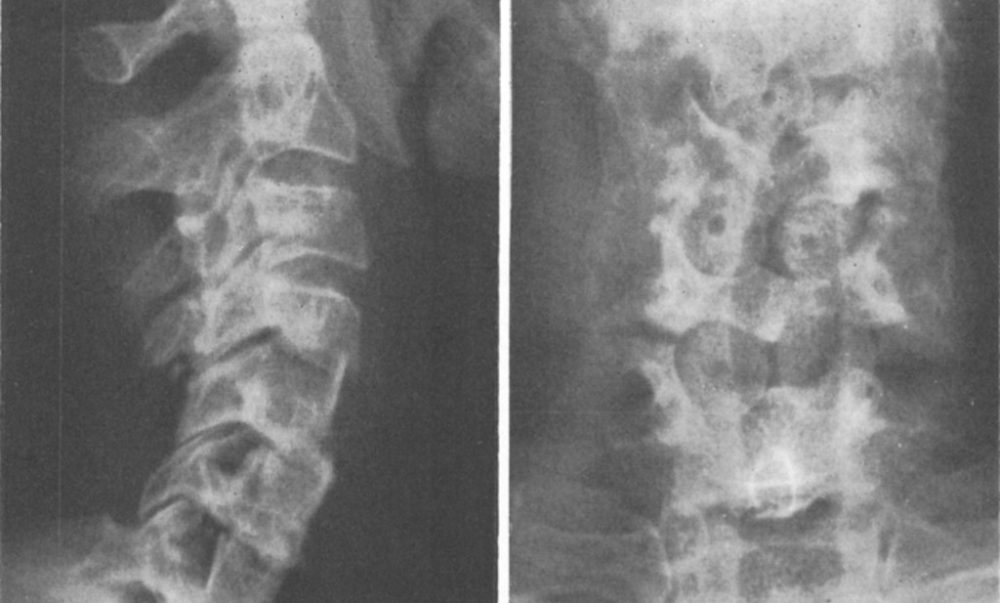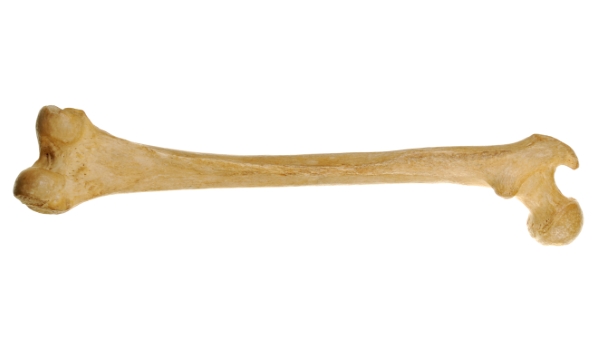- Home
- Bone Bank
BONE BANK
The bone bank project was envisioned by our Executive Vice-Chairman Prof. Hemanth Raj E.

The bone bank project was envisioned by our Executive Vice-Chairman Prof. Hemanth Raj E.
The Rotary club of madras central donated all the equipment for the bone bank as part of their global
grant project. The bone bank was formally inaugurated on 28.06.2019. The facility was inspected by the
Directorate of Medical Services on 03.08.2019. Bone bank technician was appointed on 14.08.2019. The
bank was registered with Government of Tamilnadu on 24.09.2019 and subsequently registered with
TRANSTAN in November 2019.
The bone bank is one of the largest in the country spread over 1600 sq. ft. containing state of art
equipment. It’s a non-profit service providing safe, reliable and cost effective human bone allografts.
Guidelines drafted by the Asia Pacific Association of Surgical Tissue Banking (APASTB) are followed.
Types of grafts available
1) Deep frozen femoral heads – irradiated and non-irradiated
2) Deep frozen long bones – irradiated and non-irradiated
3) Lyophilized bone blocks (derived from femoral heads) – irradiated
25 kilo Gray of gamma irradiation is used to irradiate the bones. The institute has signed a MoU with
Indira Gandhi Centre for Atomic Research (IGCAR) for irradiation of the bones.
The staff are well trained in harvesting bones from brain dead, and processing of bones. Ambulance
exclusively for the bone bank is available which is used for harvesting bones from the brain dead.
Use of bone allografts
- Malignant bone tumors
- Benign bone tumors
- Trauma
- Replacement surgeries
- Spine surgeries
- Sport injuries - Ligament and tendon reconstruction
- Arthrodesis
- Dental surgeries
Advantages of bone allografts
- No limitation to the number / size of bone grafts
- Can be tailored intra-operatively to match the size of the defect
- It would be 5 to 10 times cheaper than prosthesis
- Obviates long-term complications of prosthesis
- Biological reconstruction
- Soft-tissue adherence around the grafted bone
- Ligament or tendon attached
- The possibility of the concomitant use of a prosthesis
- No donor site morbidity
- Grafts from one donor can be used for 25 patients
Emergency Cases
Please feel welcome to contact our friendly reception staff with any general or medical enquiry call us.
Opening Hours
Registration Time
Visiting Hours
Source of bones
- Living donors
- Bones which are otherwise discarded after Hemi-replacement / Total Hip Replacement of hip / Total Knee Replacement
- Bones can be harvested from amputated limbs (non-infective etiology)
2. Deceased donors
- Brain dead – as a part of multi-organ transplant team
- Cadaveric – bones have to be harvested within 6 hours of death in a sterile operating thetare.


Reconstruction of body
- Donor body reconstructed with wooden dowels
- POP/ wires will be used to anchor dowels to the remaining body
- Dignity and respect for the deceased body will be observed at all times.
- No disfigurement, dangling of limbs
- Reconstruct the limb best as can be done to give a cosmetically acceptable reconstructed limb
Bone Bank Products
Lyophilised bone blocks
Sterilized with 25 kilo Gray of gamma radiation.
Stored at room temperature.
Shelf life of 3 years.
Uses
1) Fill cavities
2) Small bone defects
3) Non-union
4) Spinal fusion
How to use
1) Wash 3 times with copious amount of saline
2) Soak in antibiotic solution for 30 minutes (Gentamycin + Vancomycin)
3) Can be shaped appropriately and used
Deep frozen femoral heads
Irradiated and non-irradiated femoral heads available.
Stored at minus 80° Celsius
Shelf life of 5 years
Uses
1) Fill cavities
2) Small bone defects
3) Non-union
4) Spinal fusion
How to use
1) Remove articular cartilage
2) Shape or cut to appropriate dimensions
3) Wash with copious amount of saline using jet lavage to remove any blood
Deep frozen long bones (structural allografts)
Irradiated and non-irradiated long bones available.
Stored at minus 80° Celsius.
Shelf life of 5 years.
Uses
1) Structural allografts to bridge bone defects
How to use
1) Remove all remaining soft tissues and periosteum
2) Ream the medulla to remove the marrow contents
3) Wash with copious amount of saline using jet lavage to remove any blood or marrow content.
4) Soak in antibiotic solution for 30 minutes (Gentamycin + Vancomycin)
FAQ
Christianity – loving one’s neighbour as oneself – act of genuine altruism. “Give and it will be given to you; good emasure, passed down, shaken together, running over, will be put in your lap” Luke 6:38
Hindu – Dharma – doing good things for others is desirable
Fear of mutilation
Fear that organs will be sold or used for only rich
Muslims – god created them whole and they prefer to return to him whole. Islam doesn’t explicitly forbid donation
thigh (femur), leg (tibia and fibula), patella and hip bone (ilium).
POP/ wires will be used to anchor dowels to the remaining body
Dignity and respect for the deceased body will be observed at all times.
No disfigurement, dangling of limbs
Reconstruct the limb best as can be done to give a cosmetically acceptable
reconstructed limb
Contact
Bone Bank Incharge
Dr. Chandra Kumar Krishnan M.S (Ortho), Diploma in Tissue Banking (NUS, Singapore)
Associate Professor (Orthopaedic Oncology)
Bone Bank Incharge
Email – chandrubcbs@gmail.com
Mobile – 8826255821
Landline – 044-22209150 Extn – 235
Bone Bank Technician
Ms. Prema
Email – premmasakthi@gmail.com
Phone – 6383446823
Quick Contacts
Please feel free to contact our friendly staff with any medical enquiry.
- Emergency Line: (044) 2220 9150
- No:38, Sardar Patel Road, Adyar, Chennai - 20
- Registration Time - 7AM to 11AM

